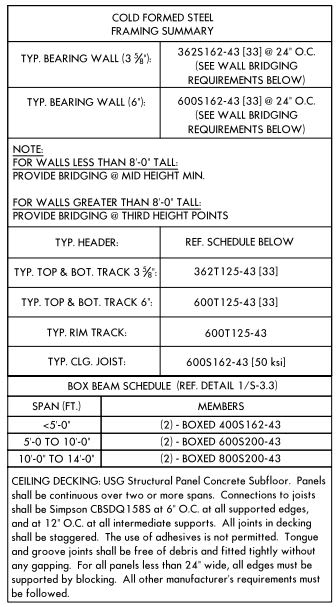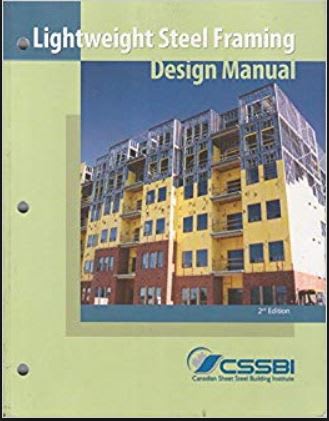KootK
Structural
- Oct 16, 2001
- 18,554
I've been asked to be involved in a substantial project as the delegated engineer for some cold formed work. I've not had much experience with delivering that kind of product so I'm struggling to estimate a fee. Can anyone offer any advice on a $/SF or %Supply Contract basis? I'm not interested in methods reflecting anticipated effort at this time (HRS, $/sheet etc). Residential work in the Pacific NW US.




